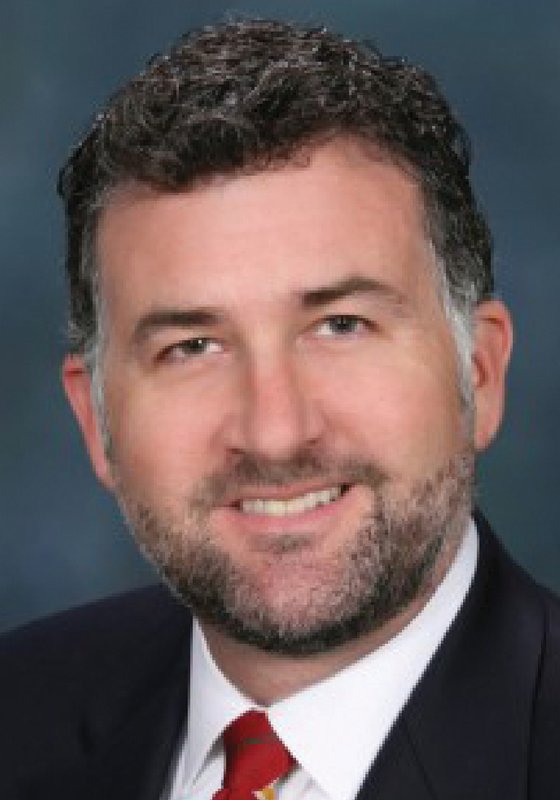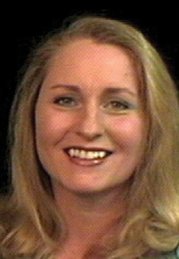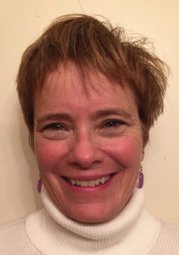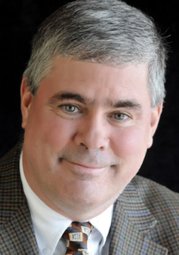SPECIAL SECTION
2015 AIHA ELECTIONS
Jeffrey W. Gifford, MS, CIH, CSP
Vice President, HSSE
Genesis Energy, LP
Houston, Texas
Industrial hygiene professionals have always been multi-disciplinary practitioners devoted to the protection of worker health. However, there are certain foundational disciplines we should curate as distinct specialties central to our profession. I believe those areas to be exposure characterization and risk communication. While professionals in our field certainly practice and serve in many different fields, the fundamentals of recognizing and evaluating potential workplace hazards and effectively communicating the risks associated with those hazards for the ultimate purpose of protecting worker and community health is vital. There will always be value in bridging across disciplines and leveraging our understanding of workplace hazards by collaborating with allied fields, but in doing so we shouldn’t lose focus on the core skills and body of knowledge that built our profession and sustain its value. I don’t believe any organization should have the ultimate goal to simply be large. Instead, a professional organization should strive to educate and advocate for its members as well as provide the knowledge and leadership necessary to drive the profession successfully into the future. I support the strategic direction recently initiated by the association to purposely direct our focus to ensure the quality and sustainability of our profession and would continue to seek opportunities to ensure we carefully cultivate our unique body of knowledge to protect future generations of workers.
DIRECTOR (Two to be elected)
LINKS:
• AIHA 2015 Elections
• The Synergist TOC

Nancy M. McClellan, MPH, CIH, CHMM
Global Occupational Hygiene Manager
Abbvie, Inc.
Port Barrington, Ill.
While it is very important to recognize that a large sector of the professionals we serve are domestically based, small to medium-sized industries, we also have a growing portion of professionals who have global responsibilities. Our profession also has huge gaps in supplying the demand for industrial hygiene expertise in many developing nations. Our profession is changing just as the world continually changes. The markets are different, the demands and technical skills required within our work are evolving, and we are often challenged to reach beyond our domestic borders to places with dire industrial hygiene needs. I believe AIHA is equipped to join the international forums and increase its efforts in addressing these changes and needs based upon my past involvement with other IH professional organizations around the globe, as well as with the global Occupational Hygiene Training Association, Workplace Health Without Borders and the AIHA International Affairs Committee. Engagement with other IH organizations around the globe has a multitude of purposes. Not only will an advanced level of global engagement grow the profession, but it will enable a high benchmark of practice that the world can be proud of. This high benchmark will support global uniformities in practice so that all workers are protected, not just the ones fortunate enough to be born in developed nations.

Dina M. Siegel, CIH, CSP, CBSP
Industrial Hygiene and Safety Professional
Los Alamos National Security
Los Alamos National Laboratory, Los Alamos, N.M.
Industrial hygiene is an incredibly diverse profession requiring us to wear multiple technical hats. An IH must have knowledge of toxicology principles at one moment, might be called upon to practice epidemiology the next, and may be asked to apply ventilation engineering principles the next. We must then effectively communicate with workers and managers. I believe it is critical for IHs to own three areas of professional practice:
- The complex, broad area of exposure assessment, including control banding and application of occupational exposure limits (OELs): OSHA’s landmark decision to launch a national dialogue on hazardous chemical exposures and OELs emphasizes this point.
- Technical aspects of instrumentation used to measure airborne levels of contaminants: we should be supporting research creating technology that increases our ability to quantify exposures, especially the development of new science-based methods.
- Interpretation of data associated with exposures in the workplace: we have the foundation of knowledge for data associated with worker exposures, and are best equipped to interpret that data.
If elected, I would ensure a close partnership with NIOSH, and work with our members, the Board, and AIHA staff to focus research, publications, and distance learning efforts, enabling our members to lead world efforts in these areas.

Donald Weekes, CIH, CSP
Partner
InAIR Environmental Ltd.
Ottawa, Ont.
I was honored to serve on the 2014 AIHA Content Portfolio Management Team (CPMT). It was an interesting and exciting assignment, and the CPMT worked well together on the report and recommendations to the AIHA Board of Directors. These recommendations include areas of professional practice that I believe industrial hygienists can, and will, “own” in the future. These include:
- Sensor Technology—IHs are ideally suited to serve as the interpreters of the sensor data generated by various devices, including smartphones. We have the knowledge and background to build databases utilizing “Big Data” to provide our employees and the public with risk assessment and evaluation of the measurements and readings.
- Hazard Banding/OEL Process—IHs can work closely with regulatory agencies (such as NIOSH) to develop up-to-date occupational exposure levels (OELs) for a wide variety of chemicals that are rapidly entering the workplace.
- Emerging Markets/Global EHS Standard of Care—It is critical for the workers of the world to have consistent global standards for exposure to chemicals. IHs will be at the forefront of developing the Standard of Care for protecting workers no matter where they work.


